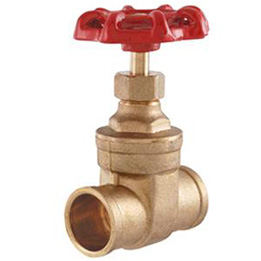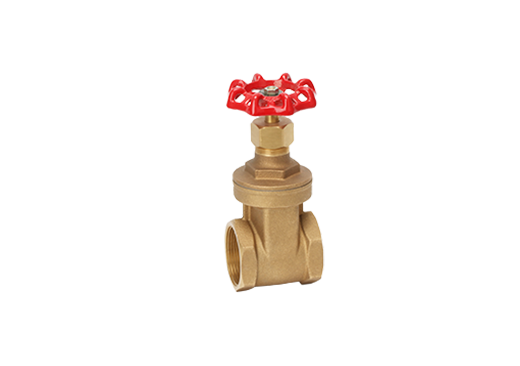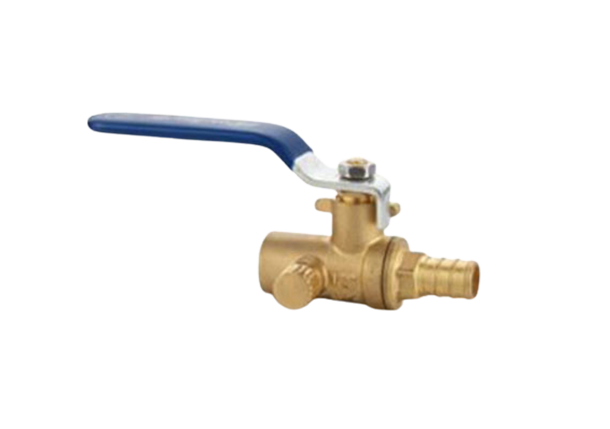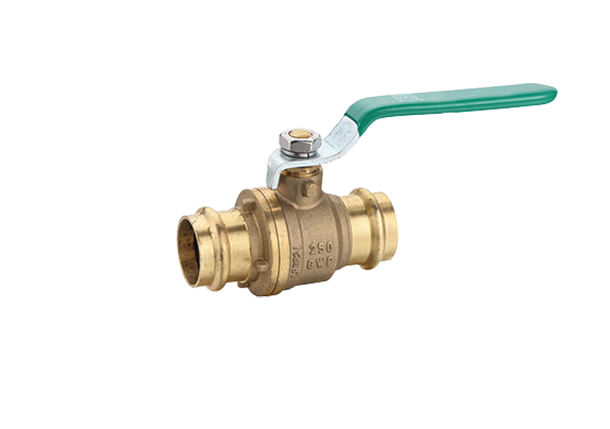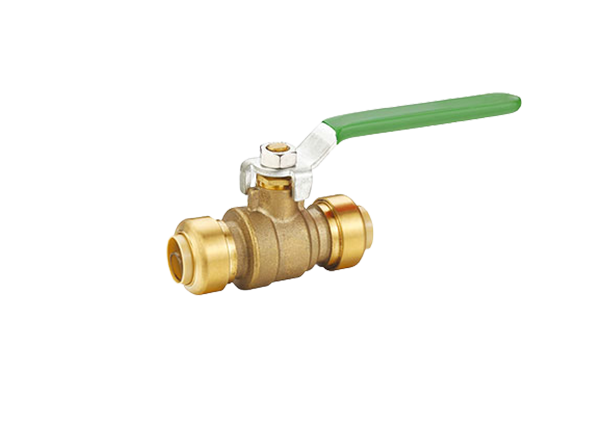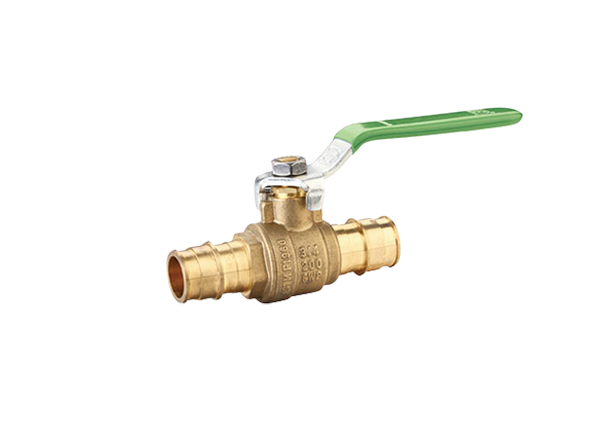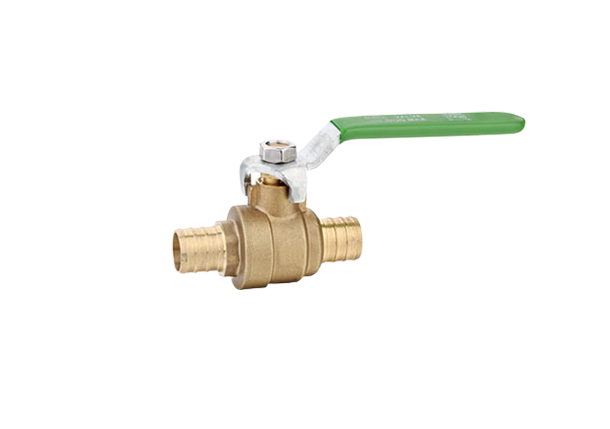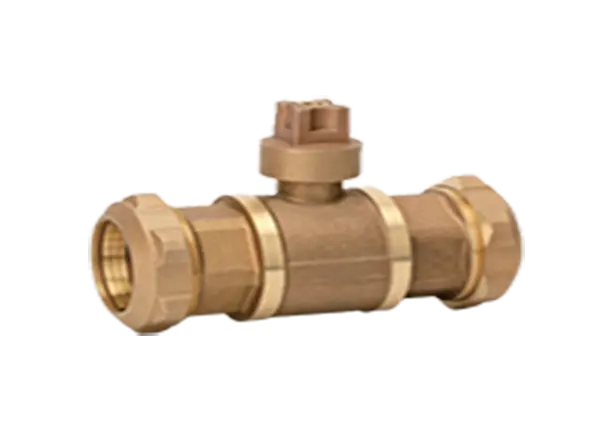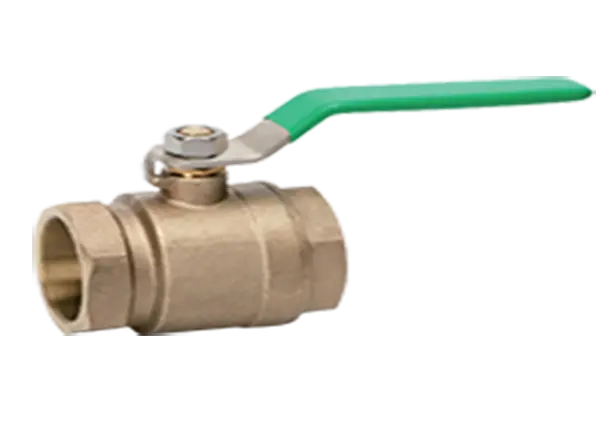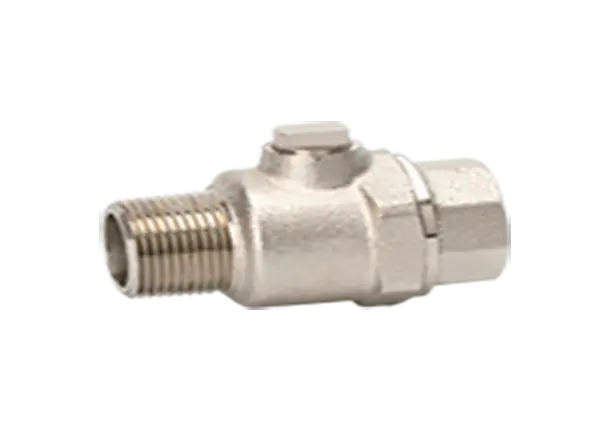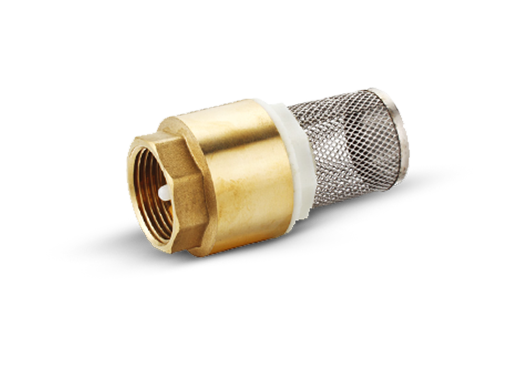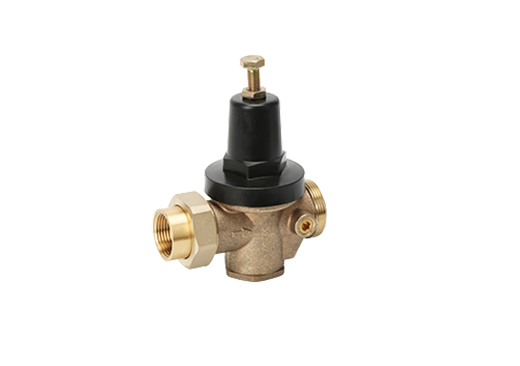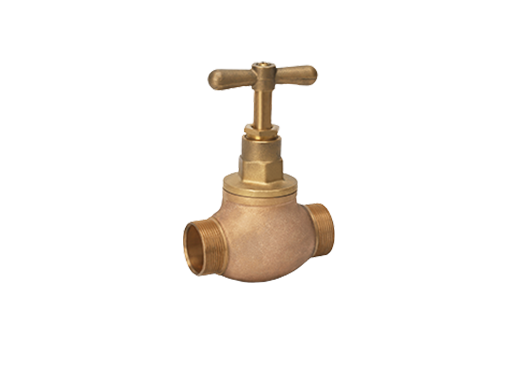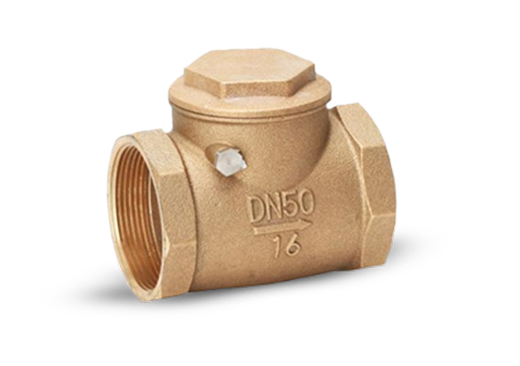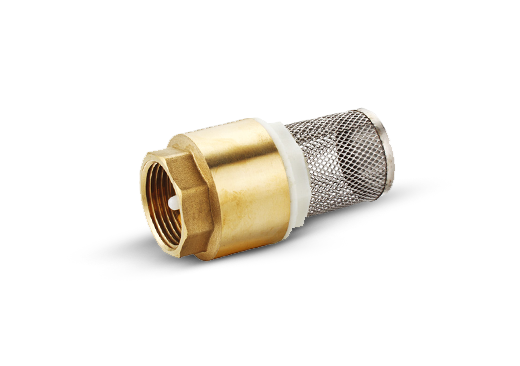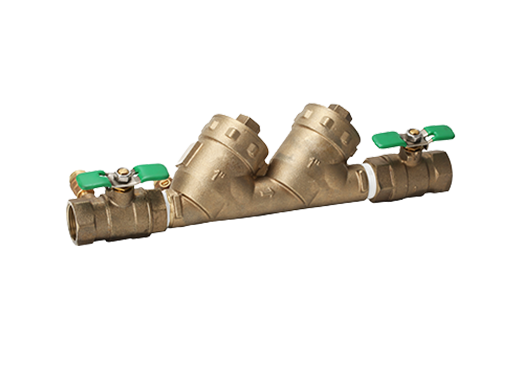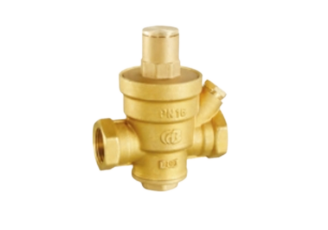The Role of Bronze Pressure Regulators
Pressure regulators are vital components in various industries, ensuring stable and controlled operating conditions. In this blog, we will focus on one particular type of pressure regulator – the bronze pressure regulator. Bronze pressure regulators play a crucial role in maintaining a consistent and safe pressure level, making them essential in a wide range of applications. Here, we will explore their importance and how they contribute to the efficient operation of systems.
Understanding Pressure Regulators
Pressure regulators are devices used to control the flow of gas or liquid, maintaining a constant output pressure despite fluctuating input pressures. They act as a barrier between the high-pressure source and the downstream system, protecting equipment from damage caused by excessive pressure. While various materials can be used to construct pressure regulators, bronze stands out due to its unique properties.
The Advantages of Bronze Pressure Regulators
Bronze pressure regulators offer numerous advantages that make them popular in various industries. Firstly, bronze is highly corrosion resistant, making it suitable for applications involving corrosive substances. This property ensures the longevity and reliability of the regulator. Additionally, bronze has excellent thermal conductivity, allowing for efficient heat dissipation, which is crucial for regulating pressure in high-temperature environments. Lastly, bronze pressure regulators can withstand high pressures, making them ideal for demanding applications.
Application Areas
Bronze pressure regulators find their application in a broad range of industries due to their reliability and durability. One common use is in fuel systems, ensuring consistent pressure for efficient and safe fuel delivery. They are also employed in heating, ventilation, and air conditioning (HVAC) systems, where maintaining a steady pressure is crucial for efficient temperature control. Additionally, bronze pressure regulators are used in the oil and gas industry to ensure safe and controlled flow rates during extraction, refining, and distribution processes.
Maintenance and Best Practices
To ensure optimal performance and longevity, a bronze pressure regulator require regular maintenance. Here are a few best practices to follow:
Regular Inspection: Perform visual checks to identify any signs of damage, such as leaks or corrosion.
Cleaning: Keep the regulator clean by removing dirt, debris, or build-up that can hinder its performance.
Lubrication: Apply a suitable lubricant to moving parts to minimize friction and ensure smooth operation.
Calibration: Periodically check the pressure setting and adjust if necessary to maintain accuracy.
Replacement: If a bronze pressure regulator shows signs of significant wear or fails to function correctly, consider replacing it to avoid system failure.
Bronze pressure regulators play a vital role in numerous industries by maintaining a consistent and safe pressure level in various applications. With their unique properties such as corrosion resistance, thermal conductivity, and high-pressure tolerance, bronze pressure regulators offer durability and reliability. Whether in fuel systems, HVAC installations, or oil and gas operations, ensuring the proper functioning of bronze pressure regulators is crucial for the efficiency and safety of the systems they serve. By following proper maintenance practices and periodically inspecting these regulators, users can enhance their performance and prolong their lifespan, ultimately contributing to the smooth operation of their applications.
Different Carbo Valves For Sale

